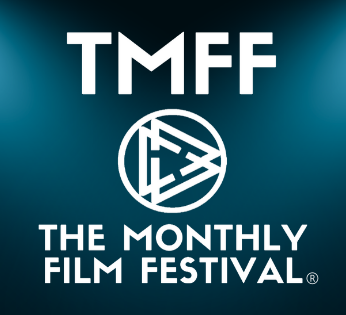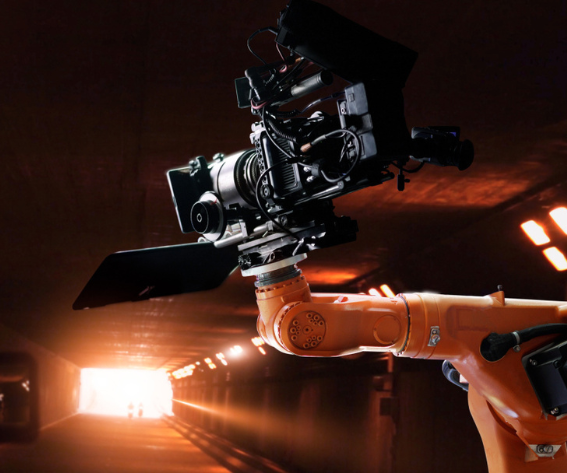Filmmaking has been a sphere that has continuously developed with new technologies. From the initial synchronized sound films through the latest computer graphics. Two technologies have now begun to influence the filmmaking process, altering not just the creative aspect but also the process filmmakers go through when researching, promoting their films, and interacting with audiences.
As technology advances, directors are becoming familiar with new-age tools that refine the visual and strategic aspects of work. By adopting new technology, directors will be in a position to raise the bar on their art, streamline the work process, and provide more engaging cinema experiences.
The Visualization of Music in Movies
The music complements the film, providing emotional resonance. Acceptable scores, such as John Williams’ in Star Wars or Hans Zimmer’s, are an integral part of the experience. The combination of sound and image has increased, with the latest advances projecting music into the imagination through special effects.
Visualizing music converts music into visual patterns through abstract images, light designs, or synchronized animations, thereby enhancing the observer’s experience. Common in music videos, this technique is also becoming increasingly popular in movies as a way to enhance interaction. A quick pace can be accompanied by action. Effective music visualization conveys pace and rhythm, elevating the adrenaline in the audience. Similarly, a serene scene can be accompanied by.Filmmakers who want to experiment with music visualization have services that can provide them with the means to bring their ideas to life. Renderforest’s music visualizer, among other services, offers users a user-friendly platform that allows them to create amazing effects synchronized with music. For independent projects as well as large-scale movies, the services can provide users with the means to create a high-quality, visually appealing experience.
The blending of sound and image in this way offers directors an opportunity to experiment with sound, rhythm, and tone. It is an excellent method of involving audiences on a more interactive scale, allowing them to view the images and hear the sound in an immersive manner.
While artistic methods, such as music visualization, give greater depth to the viewer, filmmakers also have access to a multitude of tools that assist them in streamlining their workflow, maximizing advertising, and gathering information at the production level. The most effective among these tools is the Google SERP API, which provides filmmakers with limitless access to data on the search engine, presenting valuable information on trending topics, keyword performance, and audience behavior.
Filmmaking requires research for scripting, location scouting, and promotion. However, gathering information online is time-consuming. The Google SERP API simplifies this by providing instant access to search result data, saving time and money for filmmakers. Directors can use the API to track the popularity of keywords related to their movie. It is a way to analyze the online presence of competitors and the latest search interests, making informed decisions.
The Google SERP API is utilized by filmmakers to search for keywords and trends, maximizing their online presence. With a data-informed approach, the promotion of films is synchronized with the audience’s interests, thereby substantially increasing success.
The Lobstr Google SERP API provides filmmakers with an easy-to-use interface, enabling them to access and analyze Google search data, narrow the focus of their studies, and customize campaign efforts.
The Intersection between Creativity and Technology in Movie Productions
With further refinements in film production, technology is gaining importance in the transmission of stories as well as the production and promotion of movies. This convergence between music visualizations and data-informed tools, such as the Google SERP API, is an exhilarating meeting of art and technology that is giving filmmakers new possibilities to enhance their movies and better access their audiences.
One thing that’s particularly noteworthy about the process of technological advancement is the creation of new modes of storytelling. Music visualizations, meanwhile, offer directors a new method of engaging with their audience, infusing the soundtrack with a kinetic, visual element. The Google SERP API, conversely, provides directors with informative insights that enable them to stay current, sift through their content, and track their audience’s behaviors.
By utilizing these technologies, directors can now go where they once were unable to, making the experience more engaging for audiences. Either by presenting new, revolutionary imagery or by optimizing the use of advertising techniques, these technologies are reshaping the industry’s face.
Practical Advice for Filmmakers Using Technology
Experimental uses of innovative visual modes: Visualizers enable the testing of new, non-realist, interactive images. The technology may be applied as many times as it takes filmmakers to design more visionary and dramatic scenes.
Get Ahead of Trends with Data: Through the GoogleSERP API, creators can be one step ahead of the trends and trending keywords and issues, so that they will have a definitive sense of what people want. It can be priceless information when making the decision as to whether to go with the movie or to put together the campaign.
Engage Maximum Audience: With great visual and auditory creativity and use, directors can offer multi-sensory stimulation that addresses their audience on an even more personal, emotional level. Experiment with syncing pictures to the rhythm of the music to increase emotional richness and impact on those crucial scenes.
Maximise Your Movie’s Online Visibility: Filmmakers can use the data from the Google SERP API to make their site and online content more searchable. By learning the performance of specific keywords, filmmakers can refine their approach and get their content seen by the people who matter.
Start Small and Scale Up: Even if you are new to these technologies, you do not need a gigantic budget in order to get the ball rolling. Sites like Renderforest and Lobstr allow filmmakers to get their feet wet without significant budgetary commitments.
Conclusion: A New Era in Cinema
The technology continues to revolutionize all facets of filmmaking, and the incorporation of new-age tools, such as data-based mediums and music visualizers, is shaping the industry’s future directions. They not only facilitate filmmakers in making movies that are more engaging and interactive, but also streamline the research and promotion process, two factors vital to the film’s success.
As the film-making art goes forward, the opportunities for blending innovation with technology have no boundaries. Filmmakers who seize these new tools will be ahead of the curve, either by increasing the emotional power of their films through jaw-dropping special effects or by refining their distribution plans through the use of real-time data analytics. Opportunities for filmmaking in the future appear very bright. Through music visualizers and the Google SERP API, filmmakers can create films that are more compelling, memorable, and in harmony with the preferences of the modern audience.









Leave a reply